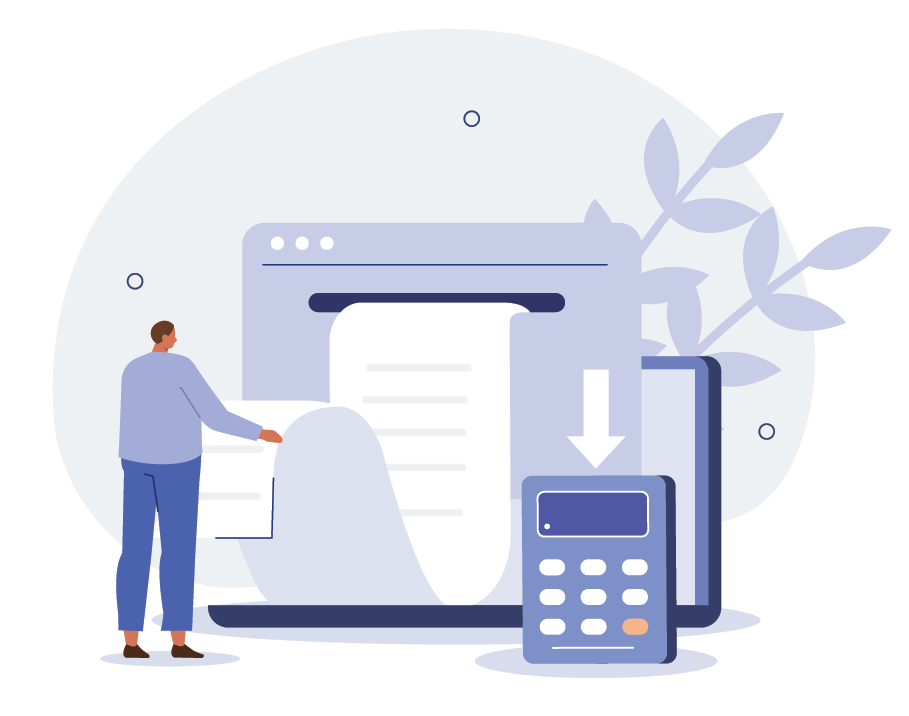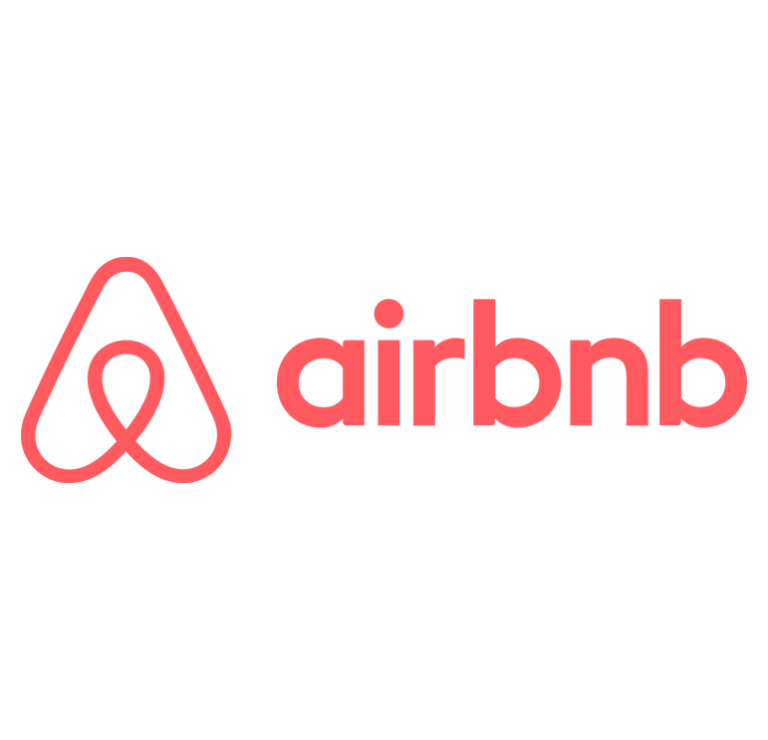What is Income Tax and National Insurance

Taxes and National Insurance (NI) are essential components of how the UK government funds public services like healthcare, education, and infrastructure. Let’s explain them further.
What is Income Tax
This tax is based on your earnings and is paid to the government. The amount you pay depends on your income, with different tax bands and rates. For example, in the 2023-24 tax year, you pay 20% on income between £12,571 and £50,270 and 40% on income above £50,271. The Additional Band is set at 45%, if you earn over £125,140.
What is National Insurance
NI is another deduction from your earnings and there are four different classes of NI contributions, with rates varying depending on your employment status and income. NI primarily pays for the Basic State Pension.
Self-Employed Individuals
If you’re self-employed, you’ll pay both income tax alongside Class 2 and Class 4 National Insurance contributions on your profits. The rates and thresholds for self-employed individuals are different from those for employees.
FinaticalFacts
If you have income from multiple sources or are self-employed, you’ll need to complete a self-assessment return annually to declare your income and calculate your liability.

Tax-Free Allowance 2023-24
Everyone in the UK is entitled to a tax-free allowance, which means you don’t pay income tax on the first portion of your earnings. For the 2023-24 tax year, this allowance is £12,570.
What is a Self-Assessment?
If you have income from multiple sources or are self-employed, you’ll need to complete a self-assessment return annually to declare your income and calculate your liability. This is common practice if you’re starting out working as a freelancer for example. Trust me, having grown up working in journalism this may seem tedious, but is integral practice.
Conclusion
Understanding and understanding what is Income Tax and National Insurance will help you budget effectively and ensure you meet your financial obligations. Keep notes on government websites for updates on tax rates and allowances, and consider seeking advice from a professional if you have complex financial situations.

George is the founder of Finatical and currently resides in Cardiff. He began writing for online sports websites and magazines before having his Italian football book – Calcio’s Greatest Forwards – published. Having graduated from Cardiff University, he went on to work for Yahoo! Sport, The i Paper and now Confused.com










